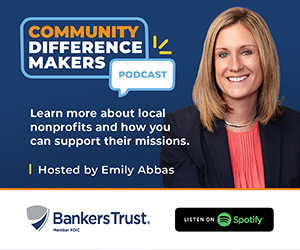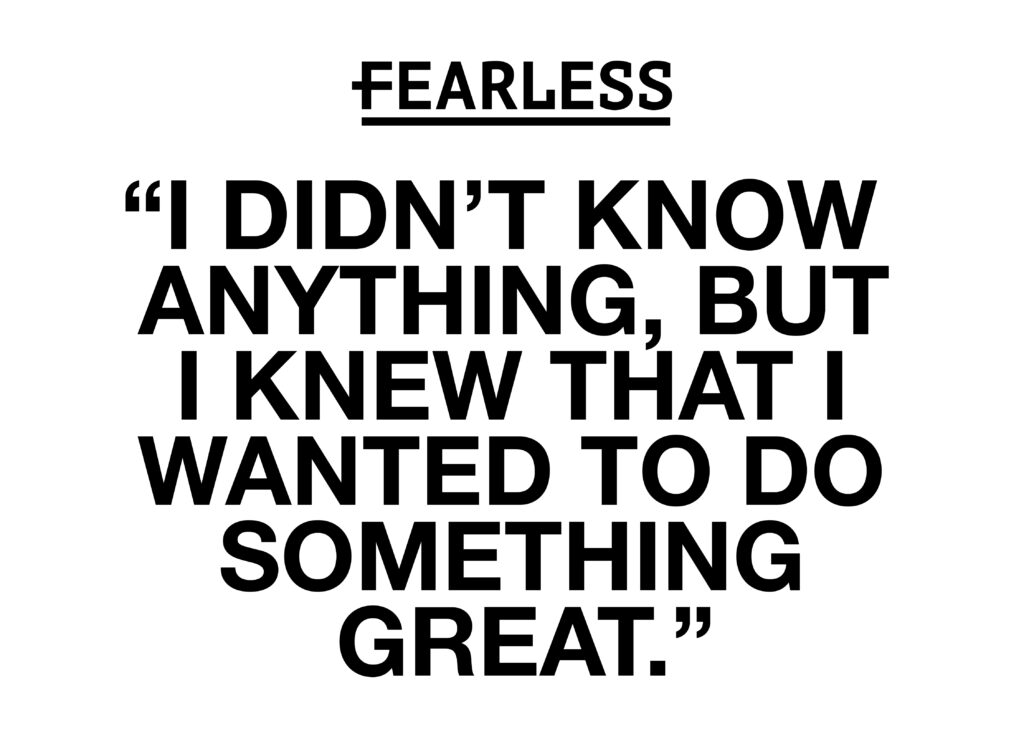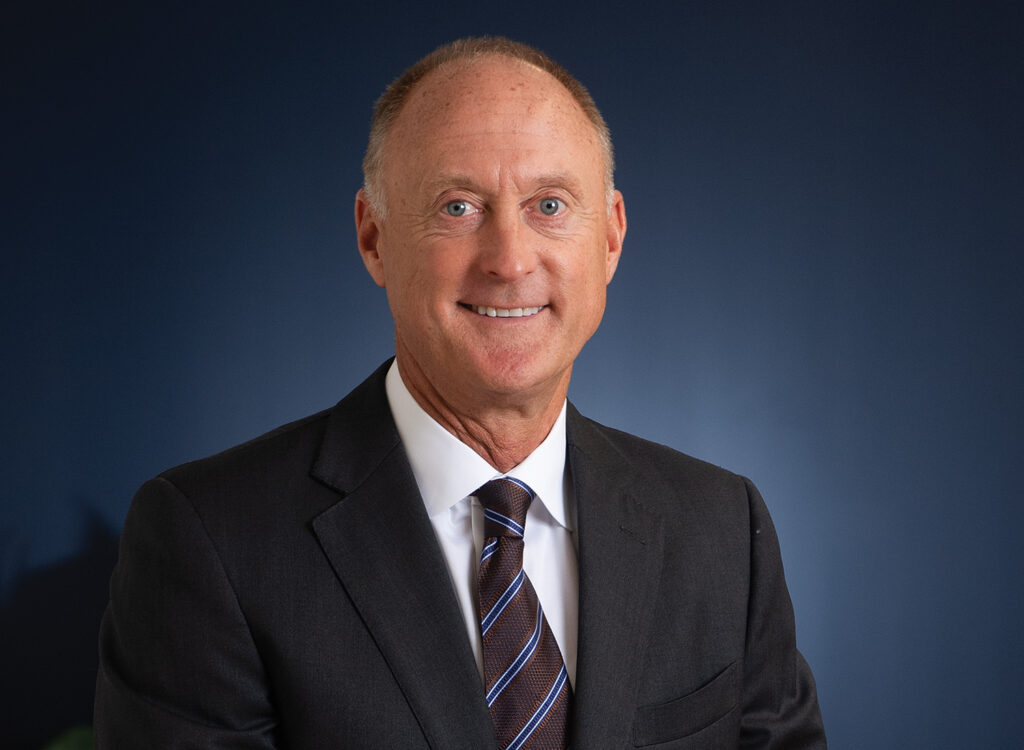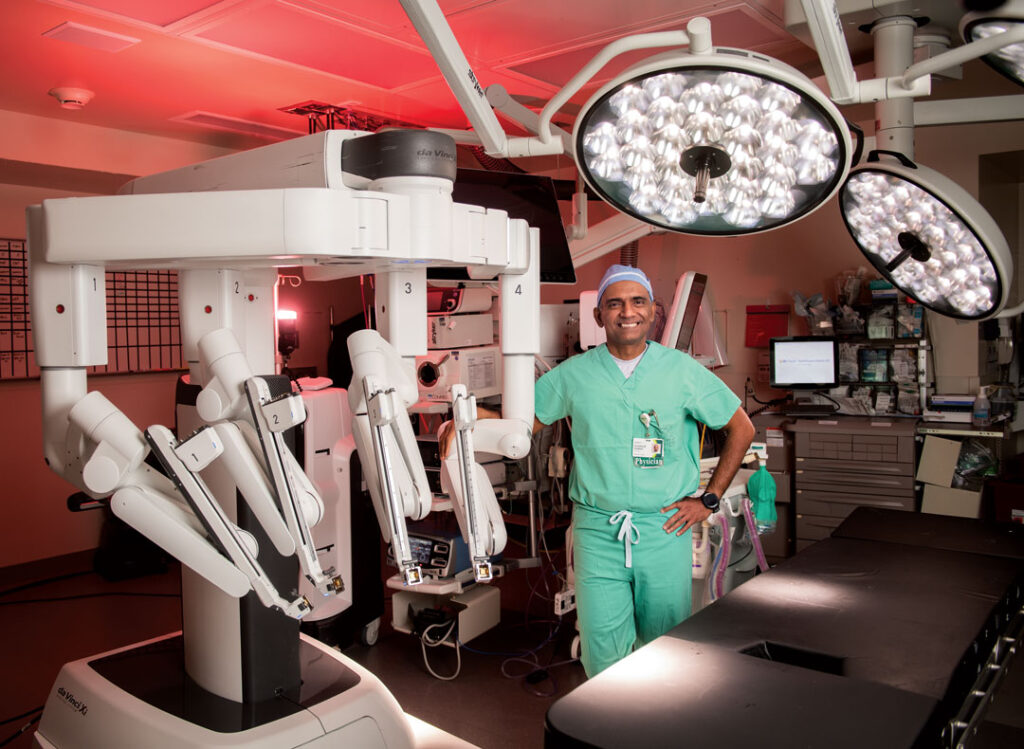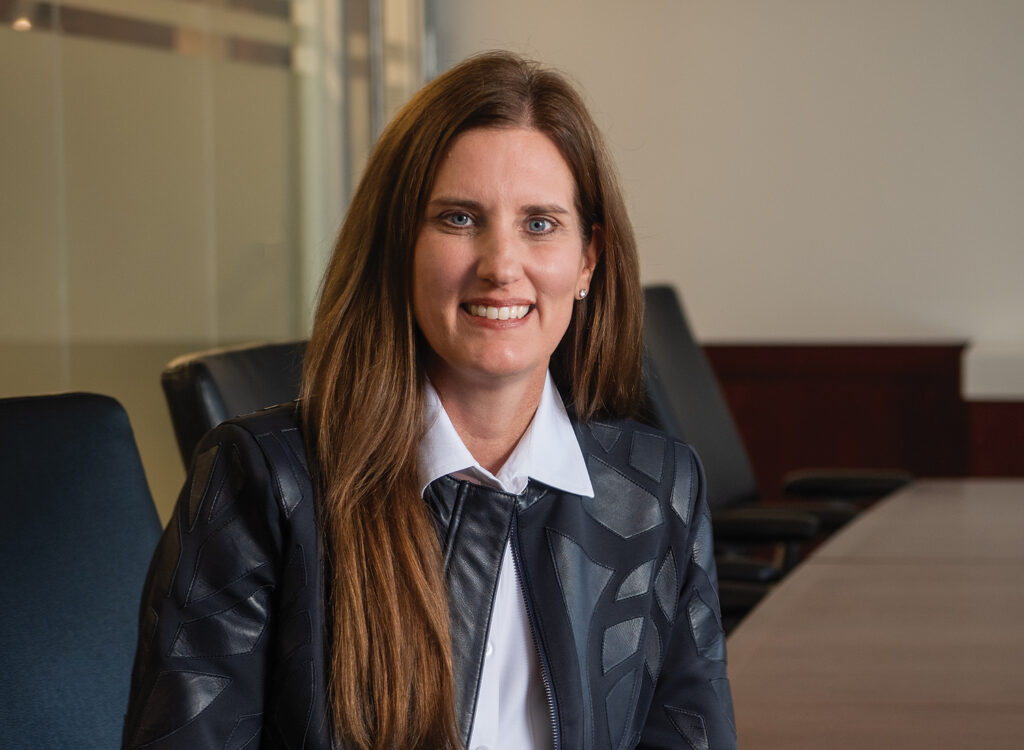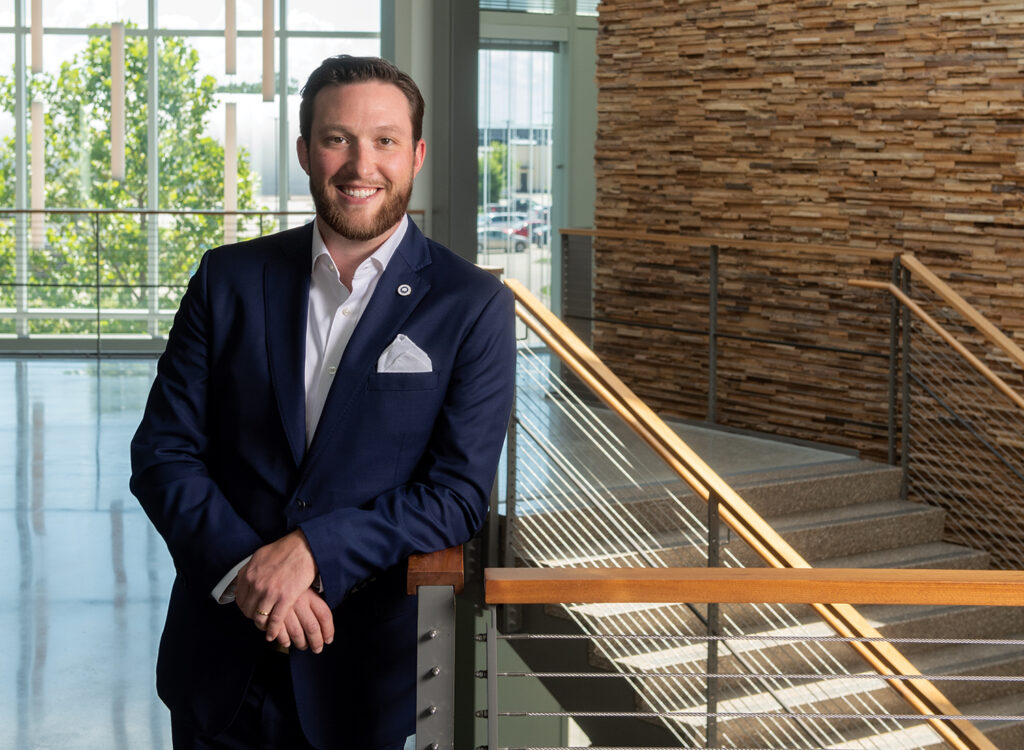NOTEBOOK: Envision Iowa takes on innovation, public-private partnerships

BUSINESS RECORD STAFF Aug 31, 2022 | 6:18 pm
7 min read time
1,618 wordsBusiness Record Insider, The Insider NotebookThe Envision Iowa event on Aug. 17 dived into innovation, exploring the state of Iowa’s business ecosystem, discussing how to develop partnerships and looking at resources that keep innovative ideas moving forward.
Speakers included:
Keynote: Mike Ralston
president, Iowa Association of Business and Industry (ABI)
Candace Karsjens
director, NIACC John Pappajohn Entrepreneurial Center
Billi Hunt
executive director, America’s Cultivation Corridor
Tej Dhawan
strategic initiatives officer, Principal Financial Group
Drew Kamp
president and CEO, Council Bluffs Chamber of Commerce
Our panelists provided insight from the perspectives of different industries, risk capitalists, education institutions and rural and urban communities. The full video of their discussion is available here.
Following the event, we asked them to reflect on the conversation by answering this question:
After hearing from fellow panelists, what is one takeaway about where Iowa stands on driving business opportunities on a statewide level? What kind of ecosystem should Iowa be striving for?
Dhawan: Iowa has a rich set of resources and facilities available to create new and grow existing businesses. Our greatest opportunity lies in a willingness and ability to become a welcoming and inclusive place for all. We must attract diverse and distant entrepreneurs to continue the legacies created by the small, medium and large businesses throughout our state’s history.
Hunt: Connections are key, stories from Council Bluffs to Webster City to DeWitt all shared themes. How did communities that were successful get it done? How can I learn from them to expedite the process locally? We need to work hard to connect innovations to others and listen to learn from others in order to grow faster.
Kamp: Iowa is well-positioned to drive business growth and opportunities. There are strong leaders across the state that understand the importance of collaboration and are working creatively to make things happen on a local, state, regional, national and international level. As Iowans, when we face a challenge we view it as an opportunity to learn and advance, and as we saw this session, so many stand ready to work alongside us to make meaningful change happen!
Ralston: There are a ton of opportunities for growth and advancement all over Iowa. It was enlightening to hear what Iowa communities, businesses and entire industries are doing to manage challenges and/or take advantage of growth opportunities. Based on what I heard from the panel and in the breakout sessions, Iowa’s business ecosystem is focused on collaboration and innovation.
Here are additional takeaways from the Business Record newsroom:
Barriers for startups in Iowa
Having more people in Iowa overall would be a big help for startups, Tej Dhawan said when asked about barriers for startups in the state. Also, the state needs to marshal its resources more effectively to assist innovative, growth-stage startup companies.
While Iowa’s secretary of state registered a record number of new small businesses last year — more than 33,000 — the subset of those businesses that are developing innovative new products and filing patents has to reach a meaningful number to achieve a critical mass, Dhawan said.
“We just don’t have that, and part of the reason we don’t have that is because our resources are spread very, very thin,” he said. One way that has been addressed is through an angel investor group, Plains Angels, that he co-founded in 2012 to help connect startup founders with potential accredited investors. It wasn’t for lack of accredited investors, but the fact that they were spread out and unknown to the founders needing capital.
“So we just decided to pull them all together into a meeting monthly and let the entrepreneurs have access to them in the same room without having to know them.” Providing that type of resource consistently over a long period of time enables those types of connections to take root and become part of the state’s business fabric, he said.
On the topic of barriers, cultural and political divisions across the population are also getting in the way of innovation and collaboration, Billi Hunt said.
“We tend to believe that my view is the right way and everyone should believe how I believe, which is stopping us from coming to the table and having conversations,” she said. “I am a strong believer that if we all just get together and start talking, we probably agree on 60% … but because we are so adamant that my view is right, you may not go have that conversation. We’re stalling collaboration; we’re stalling innovation; we’re stalling opportunities to connect people.”
— Joe Gardyasz
Collaboration
Panel members were asked to provide tips for collaboration. Here’s what Billi Hunt said: “The hardest thing is to check your ego at the door and [being] open to looking at things differently.”
Hunt also said that while some collaboration efforts may not immediately be beneficial, “you never know what’s going to happen tomorrow. … Remember that every connection is a value, just maybe not today.”
— Kathy A. Bolten
Child care
Mike Ralston spent several minutes talking about strides made by Iowa companies in providing employees assistance with child care. While Iowa leads the nation in the share of households where both parents work, studies have routinely shown a shortage of child care resources. About 23% of Iowans, including 35% of those in rural areas, lack adequate access to child care, state data has shown.
“We are making real progress on this issue,” Ralston said. “A perfect example is the Yellow Iron Academy [in Pella]. This is a childcare facility located on the campus and staffed by and funded primarily by Vermeer Corporation. Vermeer employees know they have a safe place for their children to go. … It’s really a model for other places.”
In Fairfield, several companies are working together to pay for the construction and staffing of a new child care center, he said. “There’s a lot of models to follow when it comes to dealing with this issue.”
— Kathy A. Bolten
Lessons on building an ecosystem, uniting stakeholders
Tej Dhawan shared some initial lessons he has gathered as part of a group of 11 community and business leaders spanning five sectors of the innovation ecosystem: entrepreneurs, risk capital, corporate, government and education. The group is participating in the Massachusetts Institute of Technology Regional Entrepreneurship Acceleration Program, which is allowing them to see how Central Iowa compares with other Midwest regions as well as other countries.
He said a priority for moving Iowa forward on creating new business opportunities is getting outside of the bubble.
“What’s most important for us is not to just look at our tiny little microcosm of 0.25% of population that is focused on this type of business, but look at ourselves in the global perspectives and say, ‘What are our strengths? How do we grow our strengths? And then where our weaknesses exist, how do we shift those weaknesses to areas of strength?’”
On collaboration, he said the group’s honest conversations about frustrations as well as strengths “opened up a way for us to converse.”
“Often we talk past each other because we are never willing to bring each other’s strengths, but more importantly, expose our frustrations with the other entities as part of the conversation,” he said. “As a part of our exercise we first had to identify what are our frustrations? In my case as a risk capital person, ‘What are my frustrations with government, universities, entrepreneurs and corporate?’”
—Sarah Bogaards
Connecting Council Bluffs and Omaha
Drew Kamp spoke about the importance of ongoing conversations and gave an example of how a metro-wide, long-term dialogue could help spur an exciting economic development project.
“Sorry, Des Moines, we’re the largest MSA in the state of Iowa,” Kamp said. “We just happen to have a lot of folks over in Nebraska. We’re really bridging the divide [between] Omaha and Council Bluffs and really making sure we’re having those ongoing conversations. There’s our huge project as part of the urban core project that we want to build in the next 20 years [to bring in] 30,000 new jobs, 30,000 new residents.
“One of the ways we’re going to do that is to build a multimodal bridge and streetcar over the Missouri River — no small task — to connect with the Omaha streetcar and bring it over into Council Bluffs, hopefully to our 100 Block and the Main Street areas to the hospitals That’s something where you have to have all your ducks in a row. … Those are the stories that we can tell and make people want to live in our community and be a part of it.”
— Joe Gardyasz
Education’s role in fueling opportunity
Candi Karsjens said being at a community college allows her to see learning happen across all the different “stages people are at in life,” from students pursuing two and four year degrees to continuing education and workforce training and the JPEC’s entrepreneurial support for students as young as fifth grade.
“Education is at the center of everything that we do. The method might vary, the audience might vary, but it’s always at the center,” she said. “It’s that continuous learning regardless of what stage you’re at that is really what keeps momentum for continuous innovation and acceleration across the state.”
Billi Hunt said Iowa’s whole education system has opportunities to engage in partnerships that are mutually beneficial for students and the business and institutional partners and the need she sees is creating awareness.
“How do we help in our elementary schools or K-12 schools, bringing awareness of opportunities that are right here in their backyard, bringing abilities for them to be able to discern information and to be intelligent conversationalists so they bring people together with them.”
—Sarah Bogaards


